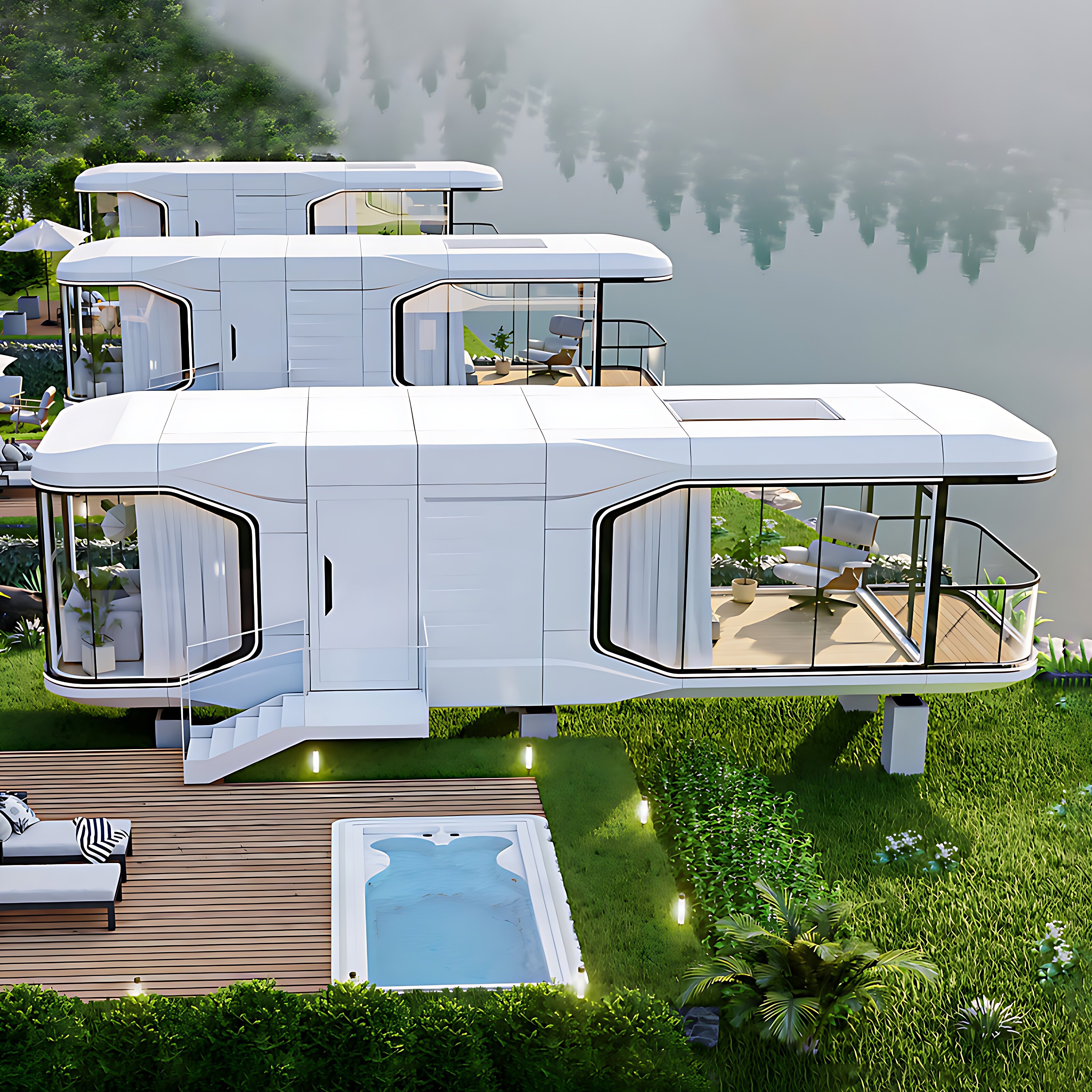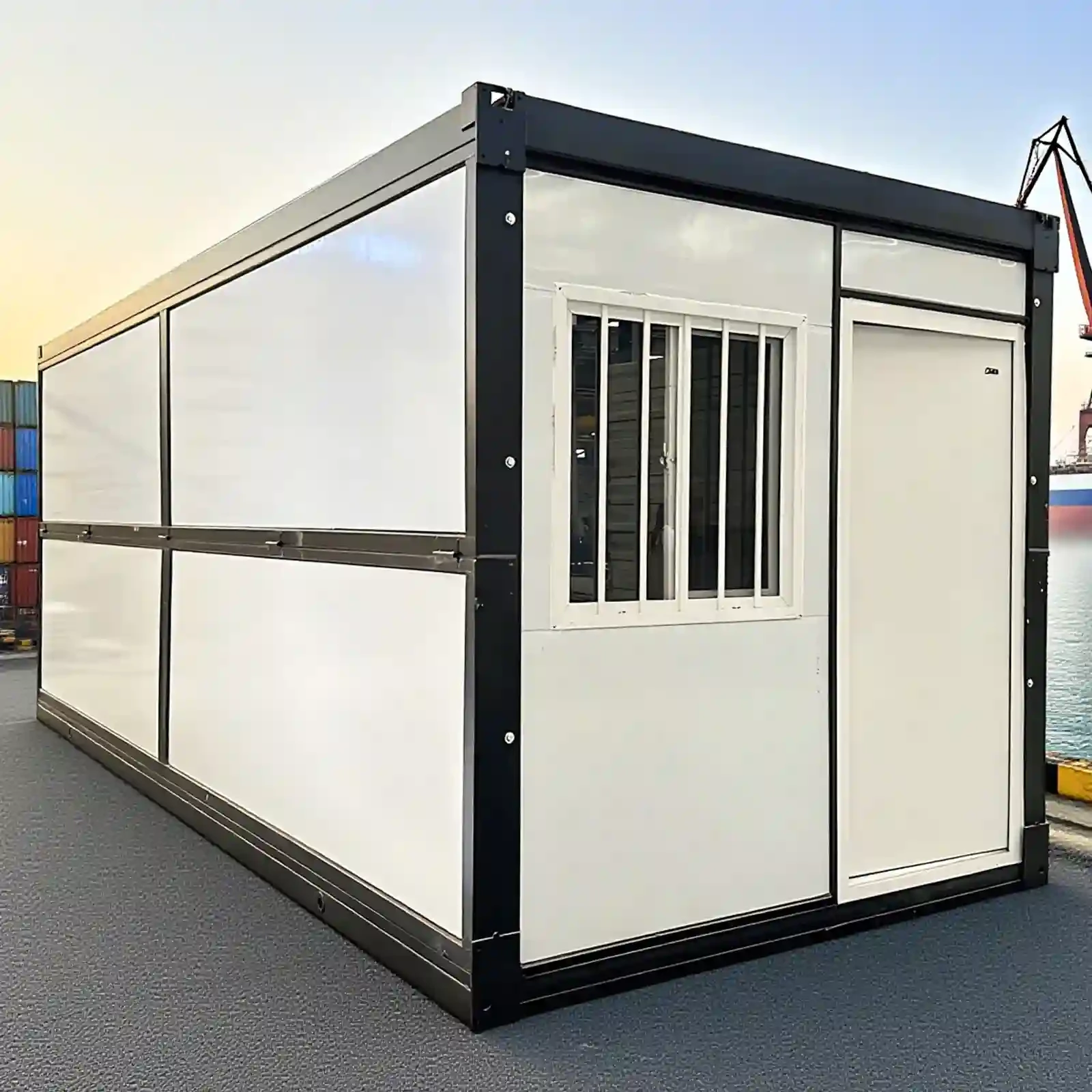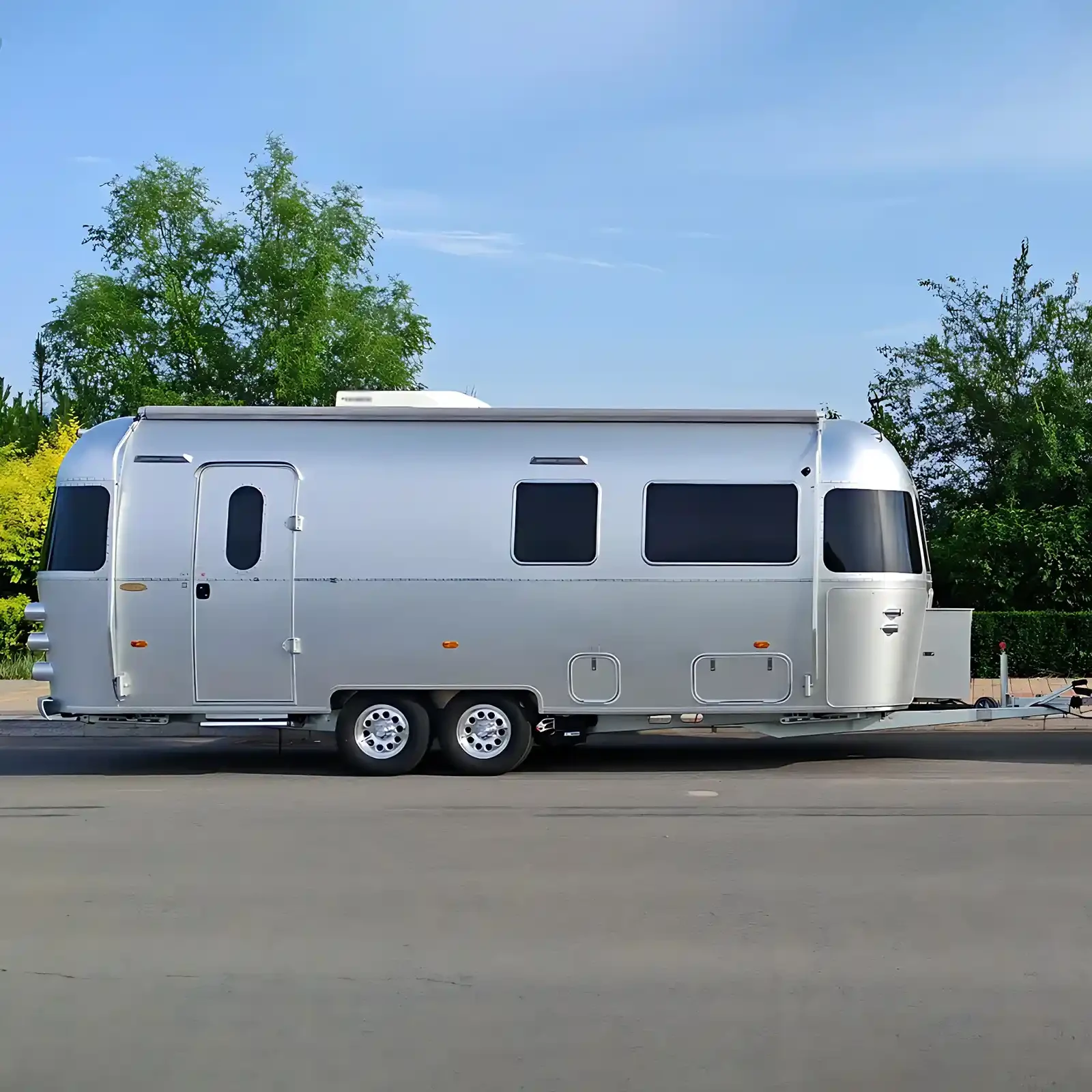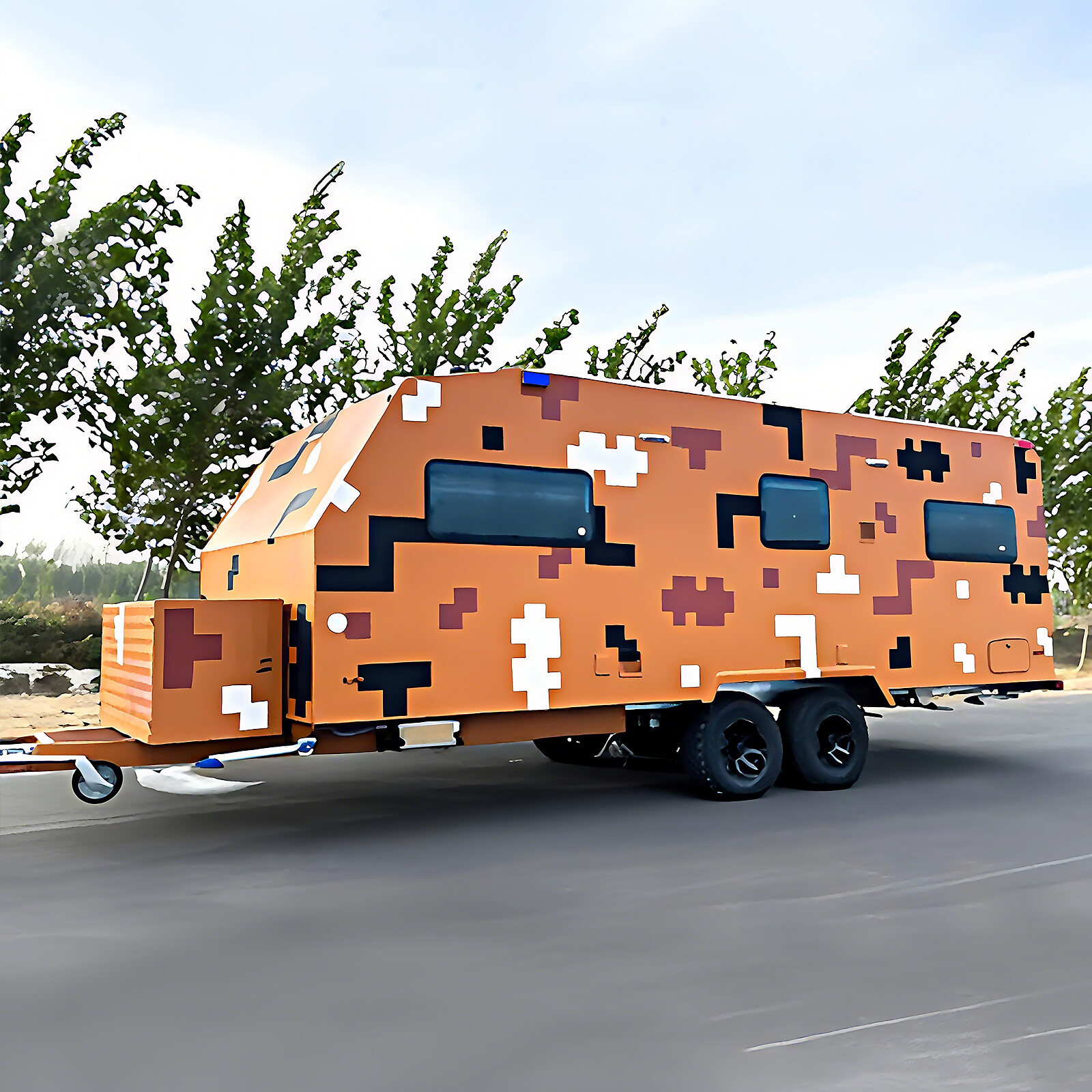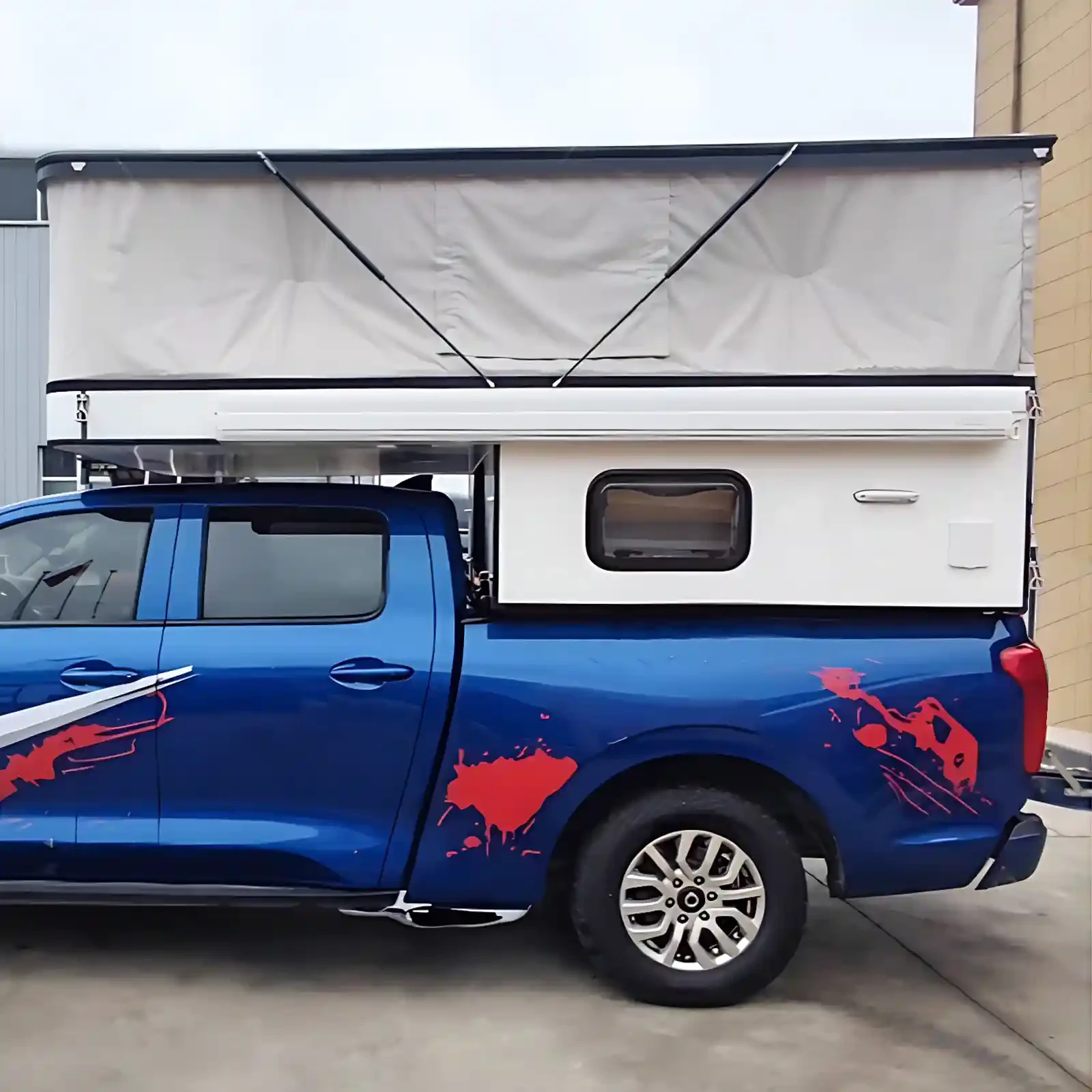Amidst the ongoing innovation in the construction industry, capsule homes are attracting significant attention for their unique design and convenience. However, construction costs and longevity are crucial factors in determining their widespread adoption. For investors, consumers, and construction professionals, a deeper understanding of these two key issues will help assess the practical value and potential of capsule homes.
1. Construction cost structure of space capsule housing
(1) Material cost
The material cost of a space capsule home accounts for a significant portion of the total cost. The main structural material is typically steel or aluminum alloy. High-strength steel is relatively inexpensive, costing approximately 800-1200 yuan per square meter. Aluminum alloy, however, is relatively expensive due to its light weight and excellent corrosion resistance, costing up to 1500-2000 yuan per square meter.
Composite panels, such as polyurethane sandwich panels and rock wool sandwich panels, are often used for walls and roofs. These panels offer excellent thermal insulation, heat insulation, and waterproofing. Prices vary depending on the material and thickness, generally ranging from 200 to 500 yuan per square meter. Furthermore, interior finishes, such as flooring, wall coverings, bathroom fixtures, and furniture, also contribute to costs. Using high-end, custom-made decorative materials and smart home devices can significantly increase costs.
(2) Design and R&D costs
The design of a capsule home requires comprehensive consideration of multiple factors, including space utilization, functional layout, exterior design, and structural safety. Professional design teams are expensive, typically accounting for 5% to 10% of the total construction cost. Furthermore, to achieve a unique appearance and innovative features, some capsule homes require R&D investment, such as the use of new materials and the development of intelligent control systems, which can increase overall construction costs.
(3) Transportation and installation costs
Since capsule homes are mostly manufactured in modular units, they need to be transported to the site for assembly after production. Transportation costs vary depending on the distance, method of transport, and the size and weight of the capsule. Long-distance transport may require specialized transportation equipment, which can be quite costly.
While capsule housing installation is relatively easy, it still requires a professional construction team. Generally, installation costs account for 10% to 15% of the total cost. If the installation site is located in a complex terrain, such as a mountainous area or a coastal area, additional foundation preparation and lifting equipment will be required, further increasing installation costs.
(IV) Other costs
In addition to the aforementioned costs, there are also approval fees, insurance premiums, and potential maintenance costs. In some regions, building a space capsule home requires approvals, which can incur significant costs. Furthermore, to ensure project safety, construction insurance may also be required, all of which can impact the overall cost.
Overall, the construction cost of an ordinary-sized capsule house is approximately 2,000 to 4,000 yuan per square meter. If high-end materials and customized design are used, the cost may exceed 5,000 yuan per square meter.
2. Factors affecting the service life of space capsule housing
(1) Material quality and durability
The quality of materials directly determines the lifespan of a space capsule home. Special treatments such as hot-dip galvanizing and anodizing on high-quality steel or aluminum alloys can effectively enhance their corrosion resistance and extend their service life. For example, hot-dip galvanized steel can provide rust protection for over 50 years. Composite panels for walls and roofs that exhibit excellent weather resistance and aging resistance can also maintain stable performance over long periods of use.
(2) Construction technology and construction quality
Standardized construction techniques and strict quality control are crucial to ensuring the longevity of space capsule housing. During production, the precision and connection of modular components are crucial; during installation, the stability of the foundation and the tightness of the connections between components impact the overall performance of the housing. Irregular construction can lead to structural loosening, reduced waterproofing, and other issues, shortening the housing's lifespan.
(3) Operating environment and maintenance
The operating environment of a space capsule significantly impacts its lifespan. In coastal areas, high humidity and salt spray can accelerate metal corrosion; in cold regions, extreme temperature fluctuations can cause shrinkage and deformation. Therefore, it's crucial to take appropriate protective measures based on the specific operating environment.
Regular maintenance is also crucial for extending the lifespan. For example, regular inspection and maintenance of the steel structure's anti-corrosion coating, timely repair of damaged waterproof sealants, and cleaning of drainage systems are essential. Generally speaking, under normal use and maintenance, a capsule home can have a lifespan of 20-30 years. Using high-quality materials and advanced technology can extend its lifespan even longer.
The construction cost of a capsule home is influenced by a variety of factors, and investors and consumers need to make a reasonable choice based on their needs and budget. Its lifespan, however, depends on factors such as material quality, construction techniques, operating environment, and maintenance. Through scientific design, rigorous construction, and standardized maintenance, capsule homes can achieve a long lifespan while meeting functional requirements, creating higher value for users.

 USD
USD
 GBP
GBP
 EUR
EUR
